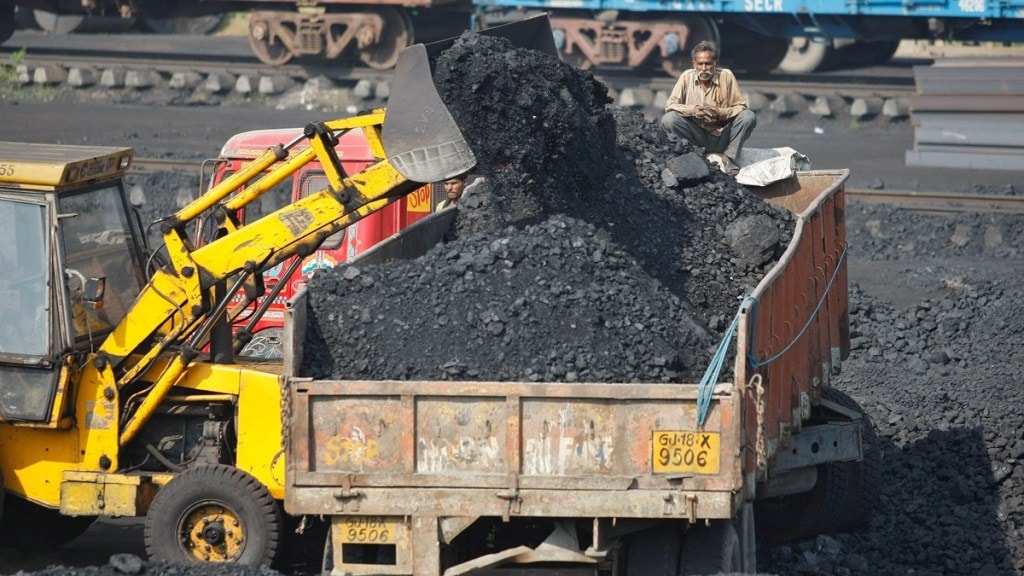The government has set an ambitious target to eliminate imports of coal varieties that can be extracted from indigenous mines by FY26, after having cut imports’ share in domestic consumption of the fuel from 26% in FY20 to 21% in the current fiscal. End-use restrictions for captive coal mines are no longer there, and more and more mines, including partially explored ones, are being auctioned off to the private sector. On its part, Coal India has substantially increased its production in recent years, and there is a promising shift in focus to tech-intensive, but highly-rewarding underground mining. Also, capital-intensive in situ coal gasification is set to get support in the form of viability gap funding, boosting hopes that the country’s plentiful, difficult-to-extract coal reserves would be converted to combustible gas.
All this, and the rise in the share of non-fossil fuels in the electricity capacity from 31% in 2014 to 43% in 2023 are kosher. But the picture continues to be grim in the oil and gas sector. India’s oil production has stagnated for several years, leading to even higher import dependence (87.5% in April-December this fiscal compared with 77.6% in FY14). Though benign global prices—and lately discounted Russian Urals supplies—and a relative slowing of demand helped the country contain its oil import bill, it was still a humongous $158 billion in FY23. As forecast by Opec, India will still be the largest contributor to the incremental oil demand till 2045. Its oil consumption might not peak till late 2030s, if not early 2040s.
While the doggedness with which the government seems to be acting to slash coal imports inspires confidence, the strategy for the oil and gas sector seems to largely revolve around containing import costs using intelligent sourcing strategies. The focus is much less on boosting domestic production, and securing “equity oil” from overseas hydrocarbon ventures. At the heart of the problem is the lack of many lucrative new hydrocarbon finds. Of course, the open acreage licensing policy has allowed firms to carve out areas they want to explore, and ended gold-plating (high capex claims by investors), as the bid variable is now revenue share, instead of profit-share after all cost deductions. The regime has led to an increase in active acreage, but it’s yet to reflect on production, which came in at a new low of 27.8 million tonne in FY23, as against 35.9 MT in FY15. ONGC’s DWN-98/2 block in the deep waters of the Bay of Bengal going on stream recently has been a rare piece of good news after a long time.
New gas-based thermal power units don’t seem to have economic rationale for the time being—green power costs less than `2.5/unit while gas-based power is estimated to cost `6.4/unit, given the ceiling price of $6.5/unit for gas from ONGC-OIL’s legacy fields. However, gas is still competitive for transportation and cooking. Since gas from the “difficult fields” is being allowed to be sold at a substantial premium, domestic production could pick up—the Reliance-BP combine’s MJ field in the KG-D6 block is promising. The long-term strategy to slash import reliance for energy necessarily involves decarbonisation efforts. However, the medium-term goals must include scaling up domestic production of hydrocarbons, besides support to bio-fuels and hybrid vehicles. Public capital investments in charging infrastructure for electric vehicles must be designed and implemented without further delay.

